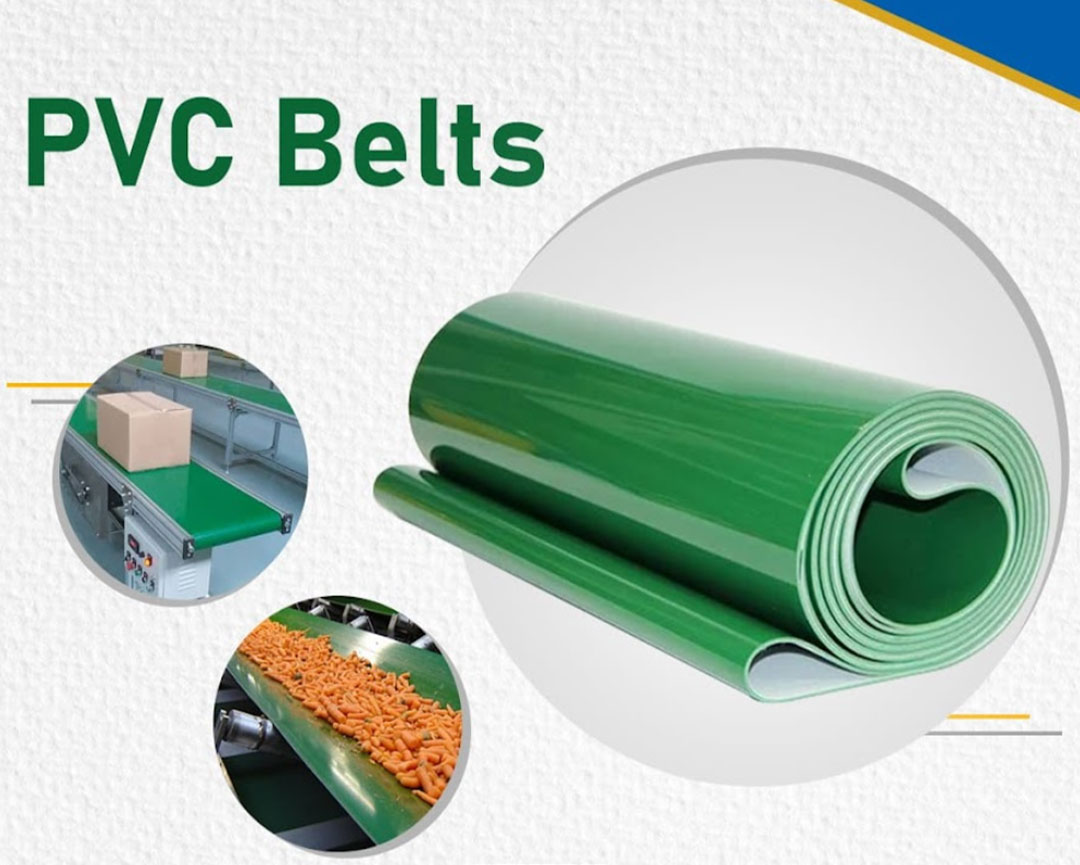Technical Articles
Belt Selection Assistance
Selecting the right PVC (Polyvinyl Chloride) or PU (Polyurethane) conveyor belt involves considering several factors to ensure it meets the specific needs of your application. Here are the key aspects to consider when choosing between PVC and PU conveyor belts:

- Environment: Consider the operating environment including temperature range, humidity, exposure to chemicals, and UV light. PVC belts are generally more resistant to oils and chemicals, while PU belts are known for their resistance to abrasion and wear.
- Application Type: Determine the nature of the conveyed materials (e.g., food products, industrial goods) and the required belt characteristics such as flexibility, surface texture, and grip.
- PVC Belts: Known for their excellent chemical resistance and suitability for applications involving direct contact with oils, chemicals, or food products.
- PU Belts: Offer superior abrasion resistance and are suitable for applications requiring high wear resistance and durability.
- Flexibility: PVC belts are generally more flexible, making them suitable for applications requiring tight conveyor curves. PU belts offer good flexibility as well.
- Surface Texture: Consider whether a smooth or textured surface is needed based on the application requirements (e.g., grip for incline conveyors).
- Temperature Range: PVC & PU belts typically operate within a temperature range of (-30°C to +90°C).
- Maintenance Requirements: Evaluate the ease of cleaning and maintenance required for the belt type in your application.
- Belt Thickness and Strength: Consider the thickness and tensile strength required based on the load and operational stresses.
- Joining Methods: Evaluate the compatibility of the belt material with different joining methods (e.g., mechanical fasteners, vulcanization) based on your installation and maintenance preferences.
- Ensure the selected belt material complies with relevant industry standards and regulations, especially if your application involves food handling or other specialized requirements.
- Choose a reputable supplier with expertise in conveyor belts who can provide guidance on selection, installation, and maintenance.
- Food Industry: PVC & PU belts both are often preferred due to their resistance to oils and chemicals, making them suitable for food processing and packaging applications.
- Mining and Aggregate: PU belts are chosen for their superior abrasion resistance and durability in handling abrasive materials.
Conclusion
By carefully evaluating these factors in relation to your specific application requirements, you can make an informed decision between PVC and PU conveyor belts. Consulting with a conveyor belt specialist or supplier can also provide valuable insights and recommendations tailored to your needs.
